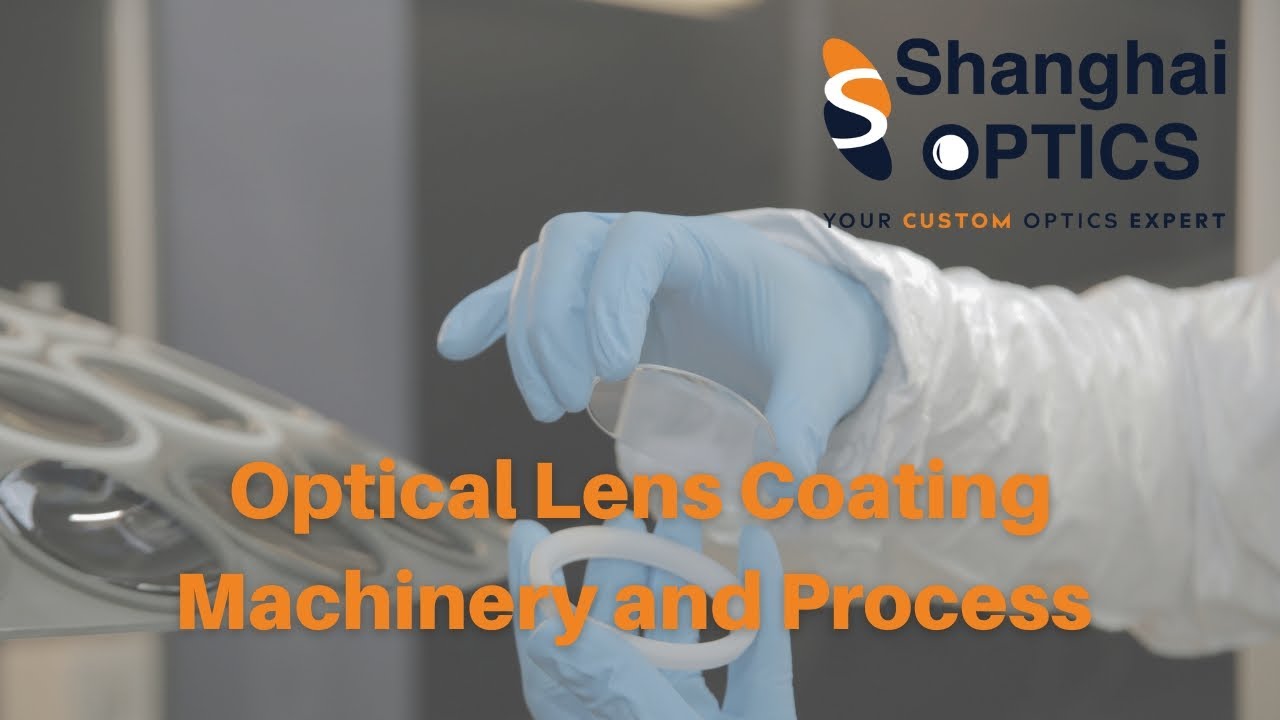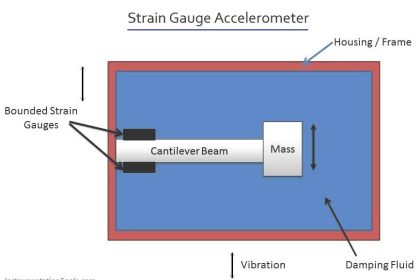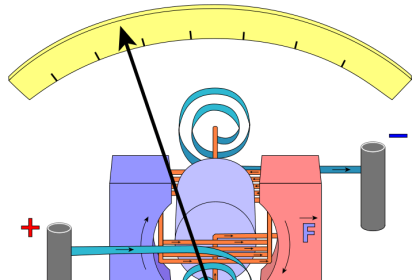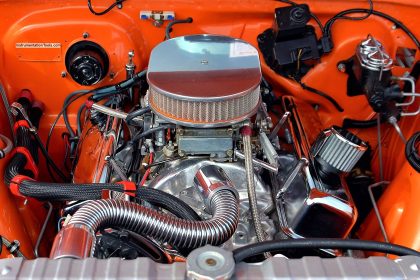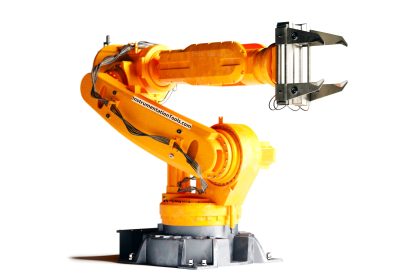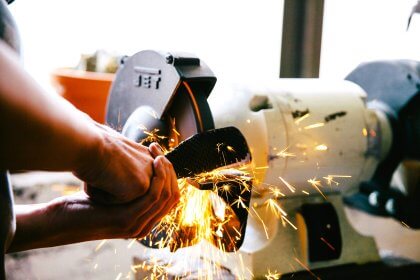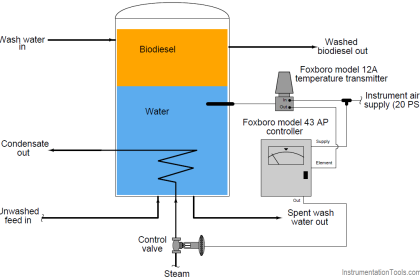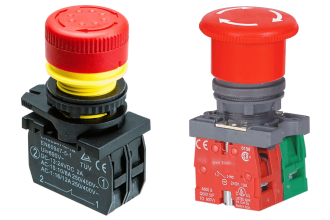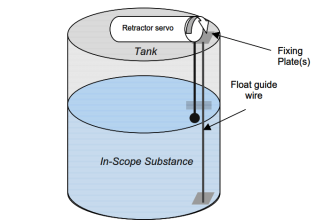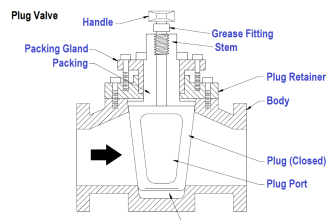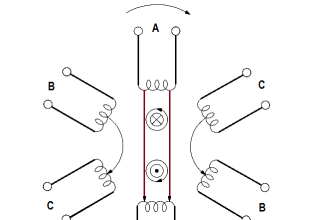An optical coating is a thin layer of material that creates interaction and effect between a specific visual component like a lens or mirror and light. Knowing how light goes through transparent media is essential to understand how optical coating works. The layers used in this technology affect how the optic transmits light and reflects it.
Optical Coating
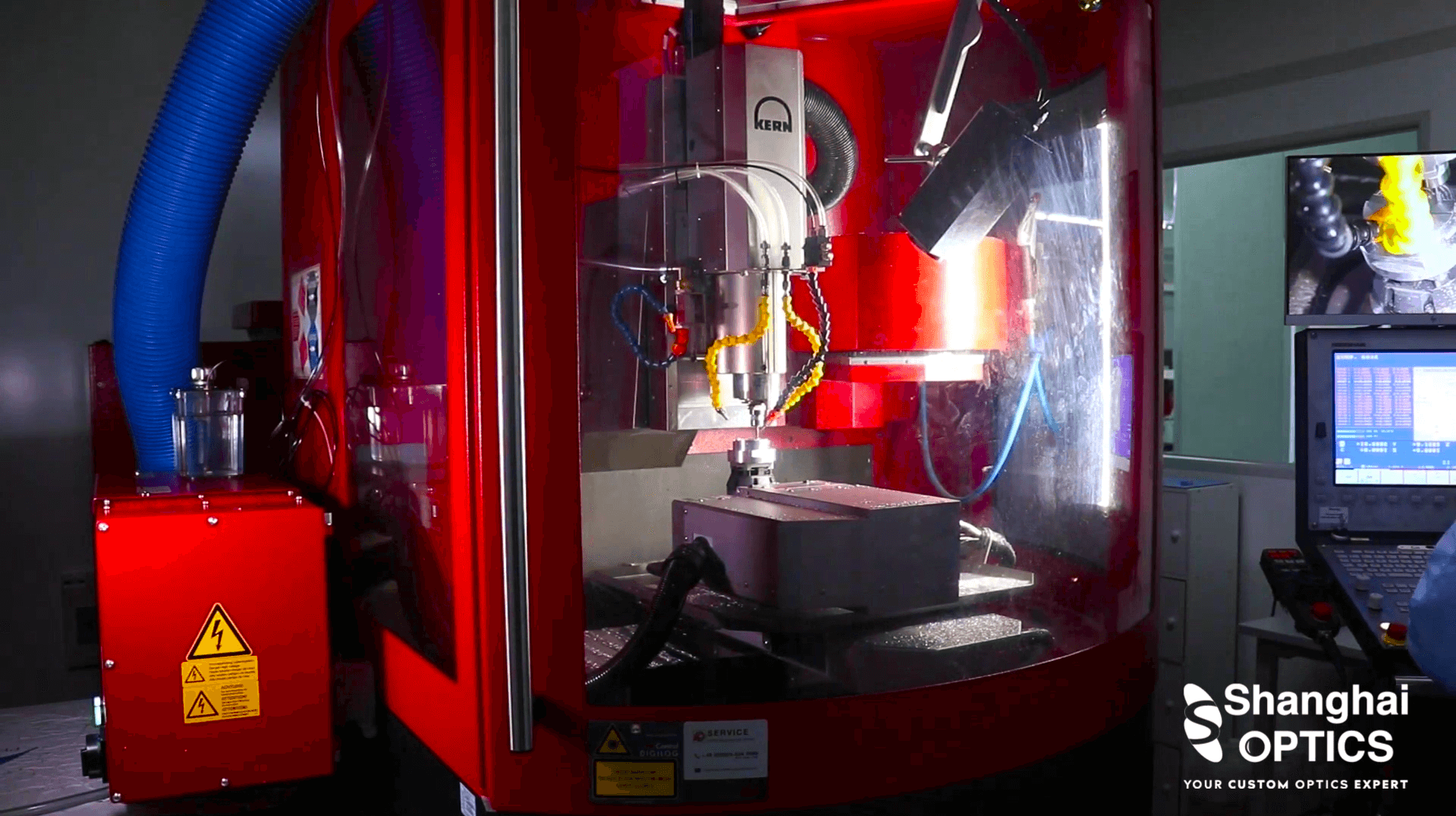
This technology is useful for making spectacles for people whose eyes are sensitive to light and for making camera lenses.
The materials used for this type of coating vary with their use. Examples of materials used for coating include rare earth materials, oxides, and metals. Their thickness determines the effectiveness of optics technology, the number of layers used, and the refractive index difference.
Common Terms Used in Optics Coating
Below are the most common terms used with optics coating.
- Refractive Index – Also known as the index of refraction, it is how fast or slow a material can reduce the light waves as they pass through. The ratio of the speed of light in a space to the speed of light in the material determines the refractive index.
- Reflective – When a material is referred to as reflective, it bounces light waves back but cannot transmit them. A good example of a highly reflective material is a mirror. Other examples are newspapers and a sheet of paper.
- Anti-reflective – On the other hand, there are anti-reflective materials. These materials reduce reflection, and this improves contrast, especially in images.
- Dielectric – There are also dielectric materials. These materials are insulators, as they can only conduct little to no electric current. Nevertheless, dielectric materials are essential in optics coating as they can support electrostatic fields, making them versatile.
- Visible Spectrum – This is the range of wavelengths of light radiations seen in the distribution of colors when a prism disperses light.
- Wavelength – In optics coating, the wavelength is the distance between one light wave and another.
Where is Optical Coating Technology Used?
As mentioned earlier, mirrors and camera lenses are made with the help of this invention. Camera lenses utilize a dielectric coating mechanism that offers an anti-reflection coating feature.
The coatings used contain a mixture of calcium fluoride, magnesium fluoride, and other materials of the same composition. These materials are suitable as they allow the user to choose the desired light texture entering the camera.
One important use of these glasses is that they have a glaring feature that prevents light penetration when walking in the sun.
On the other hand, mirrors use a reflective coating made of a very thin layer of metal. The most preferred metals for mirror coating are aluminum and silver. These metals are more suitable for mirror coating because they can reflect more light, up to 99%, than other metals.
So, where is this technology used? You might be using this coating technology at home and don’t know what it is. One is in fiber optics cables. The invention of optics coating led to the development of fiber optics.
Fiber optics cables are a category of this coating technology that enables internet providers to connect multiple devices in different areas to the internet. In addition, fiber optics is useful in computer networking and cable television.
Another real-life example of this coating is in the Optical Coating Labs in California. Through the technology, the company was able to manufacture non-reflective computer screens, mirrors for the Chandra x-ray telescope, and windows for the Space Shuttle. On top of that, the company provided a source of livelihood for many people in the 70s.
Other areas that this coating is utilized in are lasers and beam splitters.
Types of Optics Coating
The most common types of optics coatings are mentioned below.
- Anti-Reflection Coatings
- High Reflective Coatings
- Filter Coatings
- Beam Splitter Coatings
Anti-Reflection Coatings
Anti-reflection coating, also known as antiglare coating, is used on the surface of lenses and other optical elements to minimize reflection. When reflection is reduced, it improves better imaging as there is less light loss due to reflection.
Therefore, equipment like binoculars, cameras, microscopes, and telescopes can utilize antireflective coatings. This is because the reduction of light reflection improves image contrast as stray light is removed.
Antiglare coating can also be used to eliminate reflection. For instance, in eyeglass lenses, technicians can utilize anti-reflective coating to ensure other people can view the person wearing the glasses. Moreover, the antiglare coating can effectively reduce glint from covert viewers’ telescopic light or binoculars.
High Reflective Coatings
High-reflective coatings are used to reduce light loss when reflecting lasers and other sources of light.
Therefore, technicians recommend that laser machines have highly reflective coating material as the scatter of the laser beams can lead to injury if the laser is pointed directly at a patient, for instance, during laser eye surgery.
In short, HR coatings are essential for the effectiveness of laser machines to ensure less laser power is used during an application.
Filter Coatings
Have you heard of optical filters? These optical thin film coatings with one or more thin layers deposited on a substrate material are useful for enhancing or attenuating an image.
An optical filter can also reflect unique wavelengths when transmitting an image.
Beam Splitter Coatings
Beam splitters are optical components utilized to split light into a specific ratio of two separate beams. The splitters are categorized according to how they are built.
They can also be used to combine two different beams into one.
Optics Coating Technologies
Optics coating can be utilized for different physical vapor deposition technologies. Here are some of its uses:
- Advanced Plasma Sputtering – The result of plasma sputtering is smooth, dense, and hard coatings that provide more stable optical features than Ion Assisted Electron-Bean Evaporation Deposition.
- Ion-Assisted Electron-Bean Evaporative Deposition – A coating process called evaporative deposition involves bombarding and vaporizing source materials with an electron gun in a sealed chamber.
- Ion Beam Sputtering – This coating technology comes with sturdy coating and high optical quality.
Conclusion
With the advancement of technology, the global demand for optical coatings is forecasted to grow. This is due to the continued use of electronics and semiconductors, whereas fiber optics has already overtaken the global market. Therefore, it is time to embrace this new technology due to its myriad benefits.
